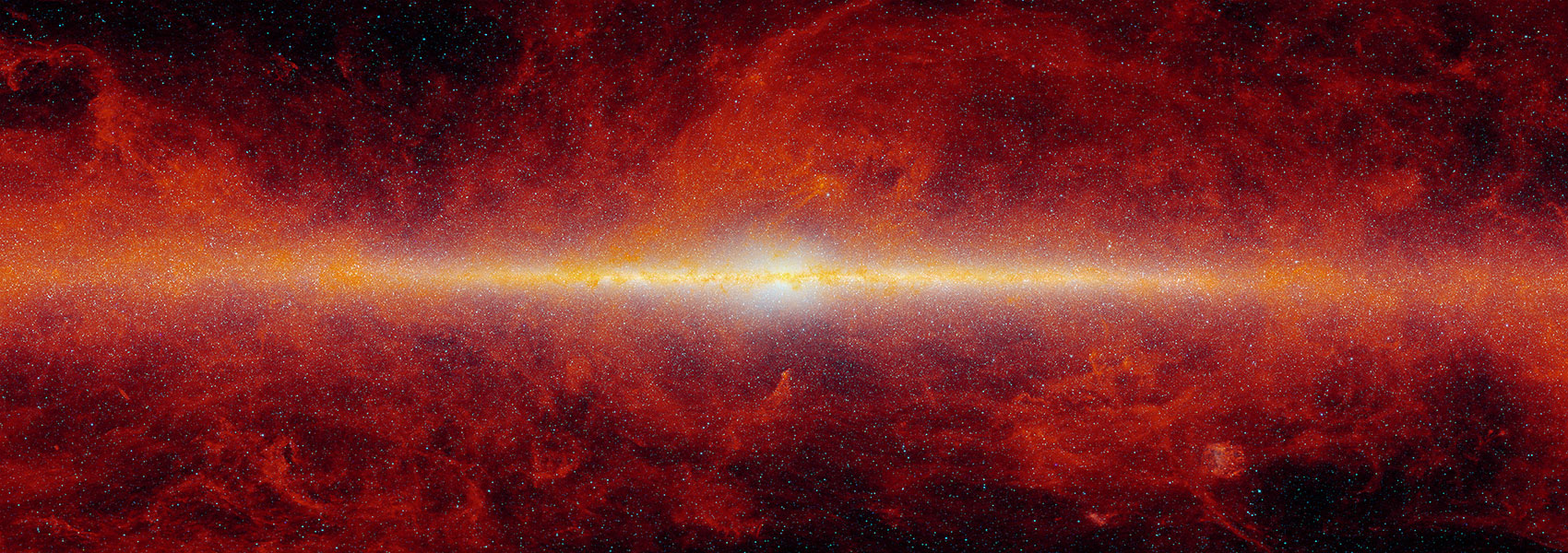May
2025
•
2025AJ....169..235V
Authors
•
Van Zandt, Judah
•
Petigura, Erik A.
•
Lubin, Jack
•
Weiss, Lauren M.
•
Turtelboom, Emma V.
•
Fetherolf, Tara
•
Murphy, Joseph M. Akana
•
Crossfield, Ian J. M.
•
Gilbert, Gregory J.
•
Močnik, Teo
•
Batalha, Natalie M.
•
Dressing, Courtney
•
Fulton, Benjamin
•
Howard, Andrew W.
•
Huber, Daniel
•
Isaacson, Howard
•
Kane, Stephen R.
•
Robertson, Paul
•
Roy, Arpita
•
Angelo, Isabel
•
Behmard, Aida
•
Beard, Corey
•
Chontos, Ashley
•
Dai, Fei
•
Giacalone, Steven
•
Hill, Michelle L.
•
Holcomb, Rae
•
Howell, Steve B.
•
Mayo, Andrew W.
•
Pidhorodetska, Daria
•
Polanski, Alex S.
•
Rogers, James
•
Rosenthal, Lee J.
•
Rubenzahl, Ryan A.
•
Scarsdale, Nicholas
•
Tyler, Dakotah
•
Yee, Samuel W.
•
Zink, Jon
Abstract
•
We present the results of the Distant Giants Survey, a 3 yr radial velocity (RV) campaign to search for wide-separation giant planets orbiting Sun-like stars known to host an inner transiting planet. We defined a distant giant (DG) to have a = 1─10 au and 70─4000 M⊕ = 0.2─12.5 MJ, and required transiting planets to have a < 1 au and Rp = 1─4 R⊕. We assembled our sample of 47 stars using a single selection function and observed each star at monthly intervals to obtain ≍30 RV observations per target. The final catalog includes a total of 12 distant companions: four giant planets detected during our survey, two previously known giant planets, and six objects of uncertain disposition identified through RV/astrometric accelerations. Statistically, half of the uncertain objects are planets and the remainder are stars/brown dwarfs. We calculated target-by-target completeness maps to account for missed planets. We found evidence for a moderate enhancement of DGs in the presence of close-in small planets (CSs), P(DG∣CS) = %, over the field rate of P(DG) = . No enhancement is disfavored (p ∼ 8%). In contrast to a previous study, we found no evidence that stellar metallicity raises the enhancement of P(DG∣CS) over P(DG). We found evidence that DG companions preferentially accompany shorter-period CS planets and have lower eccentricities than randomly selected giant planets. This points toward a nuanced picture of dynamically cool formation in which giants interact with, but do not disrupt, their inner systems.
Links




